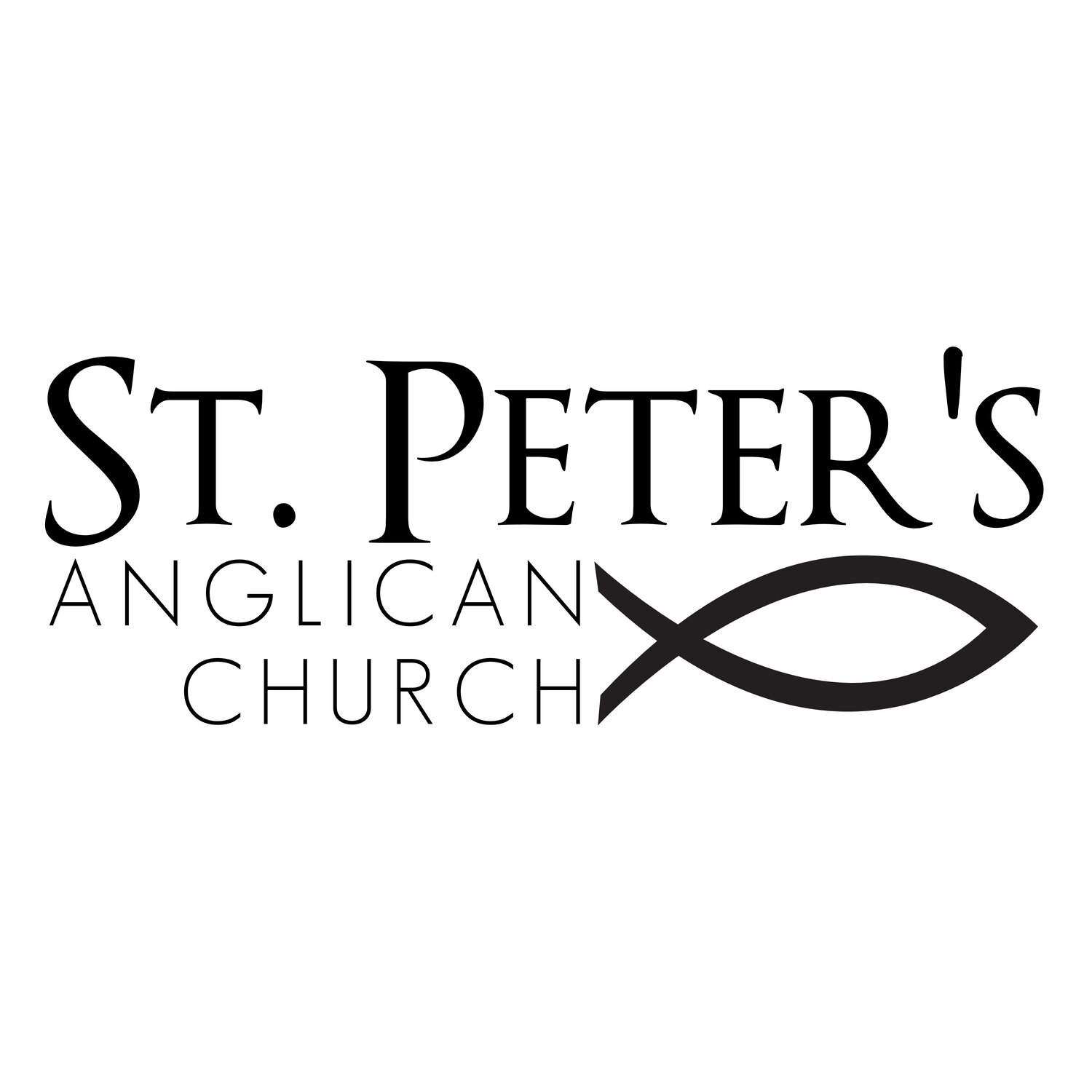New To Anglicanism
The Anglican tradition is grounded in the Scriptures and in continuity with the ancient Christian church. It represents more than 90 million people worldwide, most of whom live in Africa, Asia, and South America. Anglican churches recognize one another, and other churches, as genuine expressions of Christian faith.
Anglican churches worldwide are descended from the Church of England, and they have a common liturgical and theological inheritance. This inheritance includes the standard for Anglican liturgy, which is the Book of Common Prayer (1662), as well as the confessional statement for Anglicans, the Thirty-Nine Articles. Here at St. Peter’s we use that liturgy and we teach that confession.
The Church of England was the English branch of the Protestant Reformation, and there’s no doubt that the Anglican tradition is Protestant. It insists on justification by faith alone (Article 11) and on the supreme authority of Scripture alone (Articles 6, 8, 19, 20). The Anglican tradition is in the same larger family of churches as Lutherans and Presbyterians.
You’ll sometimes see Anglicanism described as “reformed and catholic.” The “reformed” part is from how this tradition was shaped by the Reformation. But the reformers weren’t trying to do something new; they were trying to recover the purity of the earliest centuries of the church. Like Luther and Calvin, the English reformers insisted on the catholic (meaning “universal”) teachings of the church embodied in the historic creeds, including doctrines about the Trinity and the incarnation of our Lord.
Anglican congregations belong to a “diocese,” which is under the authority and care of a bishop, and a “province,” which is a group of dioceses. Our diocese is the Anglican Diocese of the Living Word, and our province is the Anglican Church of North America.
Additional Resources
If you would like to know more about Anglicanism, join us for worship and conversation.
If you want some additional resources, a good place to begin is Gerald Bray's recently published introduction called Anglicanism: A Reformed Catholic Tradition. If you want to dig deeper, a good resource on the Thirty-Nine Articles is the commentary by Bp. Harold Browne.
If you would like to learn more about how the Communion service in the Book of Common Prayer expresses and exhibits before us the gospel, an excellent essay that explores this question is Gavin Dunbar's "The Spiritual Architecture of the Church's Worship: The Logic of the Lord's Supper in Cranmer's Common Prayer."
Further resources are available on the website of our diocese. For example, the diocese provides this explanation from Ashley Null about why in our Communion service we say a prayer called "the prayer of humble access."

